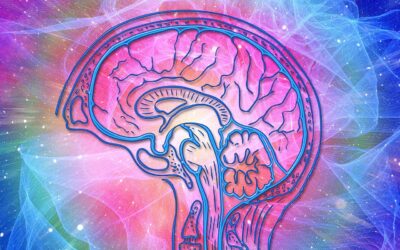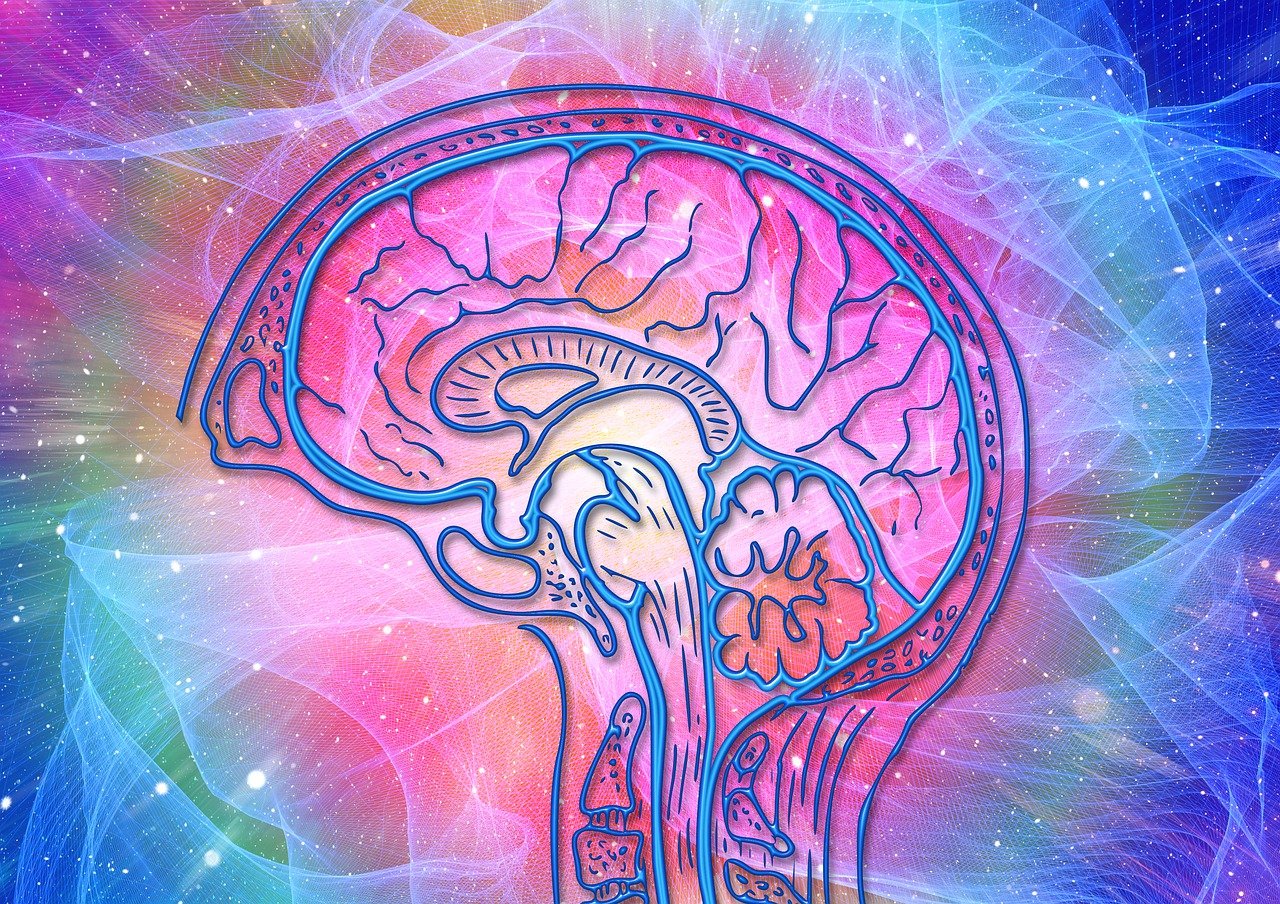AI in Democracy: The Invisible Hand Shaping Our Political Landscape
Artificial intelligence (AI) is increasingly influencing how modern democracies function, affecting everything from political campaigns and voter engagement to policy formulation and governance. As governments and political actors integrate AI into their strategies, this technology is quietly reshaping the dynamics of power and participation in democratic systems. While AI holds the potential to enhance democratic processes by providing data-driven insights and improving government efficiency, it also introduces new risks, such as the spread of misinformation, algorithmic bias, and the erosion of public trust. Understanding the full impact of AI on democracy is essential to ensure that it serves as a force for empowerment rather than manipulation. This article delves into how AI is altering the political landscape, its benefits, and the dangers it presents, as well as strategies for using its power responsibly.
The Role of AI in Political Campaigns
Political campaigns are often the first arena where the influence of AI becomes visible. AI technologies are transforming how campaigns are run, enabling more precise targeting, personalized messaging, and data-driven decision-making. However, these capabilities also open the door to manipulation and ethical dilemmas.
1. Microtargeting and Voter Profiling
AI has revolutionized political microtargeting, allowing campaigns to segment voters into highly specific groups based on demographic data, online behavior, and psychometric profiles. Through machine learning algorithms, campaigns can identify voters’ preferences and concerns with unprecedented accuracy and deliver tailored messages that resonate deeply with each segment.
- Data-Driven Campaigning: Tools like sentiment analysis and predictive analytics help campaigns understand voter sentiment and predict how different groups are likely to respond to certain issues or policy proposals. For example, AI can analyze social media activity to detect shifts in public opinion and adjust campaign strategies in real time.
- Personalized Political Messaging: AI-driven microtargeting enables campaigns to create personalized ads and messages for different voter groups. A single policy announcement can be framed in multiple ways to appeal to various demographics, making it possible to present a different “face” of a candidate depending on the audience.
While this level of precision can increase voter engagement, it also raises concerns about transparency and accountability. Personalized messaging can lead to a fragmented public discourse, where different segments of society receive conflicting information, contributing to polarization and echo chambers.
2. Predictive Analytics for Voter Turnout
Predictive analytics can forecast voter behavior by analyzing historical voting patterns, socio-economic data, and even psychological traits. Campaigns use this data to identify likely voters and allocate resources more effectively. AI models can predict who is likely to vote, who is undecided, and which voters might be swayed by specific policy positions.
- Resource Allocation: AI helps campaigns optimize their ground game by determining where to send canvassers, where to hold rallies, and where to invest in advertising. For example, AI tools like NationBuilder and BlueLabs help campaigns target specific precincts that are most likely to affect the outcome of an election.
- Voter Mobilization: By identifying disengaged voters who might be convinced to vote, AI can inform get-out-the-vote efforts. However, this also raises ethical questions about selective engagement—should campaigns focus only on “persuadable” voters, or should they engage all eligible voters equally?
3. Social Media Manipulation and the Rise of Bots
AI’s influence on political campaigns is perhaps most visible—and controversial—on social media. AI-powered bots and fake accounts can amplify messages, generate false narratives, and manipulate public opinion. During the 2016 U.S. presidential election, for example, Russian-linked bots were used to spread divisive content and influence voter sentiment.
- Astroturfing: AI-driven bots can create the illusion of grassroots support for a candidate or cause, distorting public perception of popular opinion. This practice, known as astroturfing, can mislead voters into believing that certain viewpoints are more widespread than they actually are.
- Amplification of Misinformation: AI can be used to produce and disseminate misinformation at scale. Deepfake technology, which uses AI to create hyper-realistic videos of individuals saying or doing things they never did, poses a particularly dangerous threat to political discourse.
These tactics undermine trust in democratic institutions and create an environment where it becomes difficult to distinguish between genuine political expression and manufactured propaganda.
AI in Governance and Policy Making
Beyond elections, AI is increasingly being used to enhance governance and policy-making. AI systems can analyze large volumes of data to identify trends, model potential policy outcomes, and even assist in decision-making. However, integrating AI into governance also introduces new challenges related to transparency, fairness, and accountability.
Data-Driven Policy Formulation
Governments are beginning to use AI to analyze complex datasets and provide insights that can inform policy decisions. AI models can simulate the impact of proposed policies, helping policymakers understand potential outcomes before implementation.
- Predictive Modeling: Predictive models can forecast the economic, social, and environmental impacts of various policy options. For example, AI can help governments model the effects of tax changes, welfare reforms, or climate policies, enabling data-driven decision-making.
- Social Services and Welfare Optimization: AI can be used to identify patterns in social service usage, optimize resource allocation, and predict areas of need. For instance, some local governments use AI to predict which families are at risk of homelessness and intervene early.
However, data-driven policy making is not without risks. Biases in the data or the algorithms can lead to discriminatory outcomes, particularly when AI is used to make decisions that affect marginalized communities. Without transparency and accountability, AI-driven policy making can undermine trust in government.
AI in Administrative Decision-Making
AI is being deployed to automate routine administrative tasks and support decision-making in areas like immigration, criminal justice, and public health. For example, automated systems are used in some countries to assess welfare applications, predict recidivism in parole decisions, and allocate healthcare resources.
- Efficiency Gains: Automating repetitive tasks can reduce the workload for government employees, allowing them to focus on more complex issues. AI can process paperwork, review applications, and even provide preliminary decisions, reducing administrative backlogs.
- Concerns About Bias and Fairness: AI-driven decisions can be opaque, making it difficult for individuals to understand why certain outcomes were reached. In criminal justice, for example, AI systems used to predict recidivism have been criticized for disproportionately targeting minority groups due to biased training data.
Smart Cities and Citizen Engagement
AI is also playing a role in the development of “smart cities,” where data from sensors and IoT devices is used to optimize public services. AI can manage traffic flow, reduce energy consumption, and improve emergency response times.
- Enhanced Citizen Engagement: AI chatbots and virtual assistants can facilitate communication between governments and citizens, making it easier for people to access services and provide feedback. For example, AI-powered platforms like CitizenLab help local governments engage citizens in policy discussions and gather input on community priorities.
While these technologies have the potential to create more responsive and efficient governance, they also pose risks related to surveillance and data privacy. The use of AI to monitor public spaces, track citizen behavior, or collect personal data can erode civil liberties and create a surveillance state.
The Pitfalls of AI in Democracy
While AI can enhance democratic processes, it also poses significant risks that need to be carefully managed. If left unchecked, AI could undermine the foundations of democracy by amplifying inequality, eroding trust, and enabling new forms of manipulation and control.
Algorithmic Bias and Discrimination
AI systems are prone to bias, especially if they are trained on datasets that reflect existing social inequities. This can lead to discriminatory outcomes in areas like hiring, policing, and social services. In a democratic context, biased algorithms can skew policy decisions, reinforce stereotypes, and marginalize vulnerable groups.
Lack of Transparency and Accountability
AI-driven decisions can be difficult to interpret, making it challenging to hold decision-makers accountable. In a democracy, where transparency is essential for public trust, the use of opaque AI systems can create a “black box” problem, where citizens cannot see or understand how decisions that affect them are made.
Manipulation and Erosion of Trust
AI can be used to manipulate public opinion, spread disinformation, and create deepfakes that undermine trust in political leaders and institutions. If citizens lose faith in the integrity of democratic processes, the entire system is at risk of collapsing.
Strategies for Ensuring Responsible AI in Democracy
To use AI’s potential while safeguarding democratic values, policymakers, technologists, and civil society must work together to develop ethical guidelines and regulatory frameworks. Here are some strategies to promote responsible AI use in democracy:
Establish Ethical Guidelines and Regulations
Governments should establish clear ethical guidelines for AI use in political and governance contexts. This includes rules on transparency, accountability, and the ethical use of AI in elections.
Promote Algorithmic Transparency
Transparency measures, such as requiring political campaigns to disclose how AI is used in microtargeting, can help citizens understand how AI is shaping their political environment. Governments should also mandate transparency in AI-driven decision-making processes, especially in areas like criminal justice and welfare.
Develop AI Literacy and Public Awareness
Educating the public about how AI works and its potential impact on democracy is crucial. Increased AI literacy can empower citizens to recognize manipulation, advocate for responsible AI policies, and engage more effectively in democratic processes.
Create Independent Oversight Bodies
Independent oversight bodies can monitor the use of AI in political campaigns and government decision-making. These bodies should have the authority to audit algorithms, review AI-driven decisions, and ensure compliance with ethical standards.
Foster International Cooperation
AI governance is a global issue that requires international collaboration. Countries
should work together to develop shared standards and frameworks for AI use in political and governance contexts, promoting democratic values and preventing the misuse of AI technologies.
Building a Democratic Future with AI
AI has the potential to enhance democracy by making governance more responsive, efficient, and inclusive. But realizing this potential requires a commitment to responsible AI use that prioritizes transparency, fairness, and the protection of democratic values. By adopting ethical guidelines, promoting algorithmic transparency, and engaging citizens in discussions about AI’s role in democracy, we can shape a future where AI serves to strengthen, rather than undermine, democratic systems.









